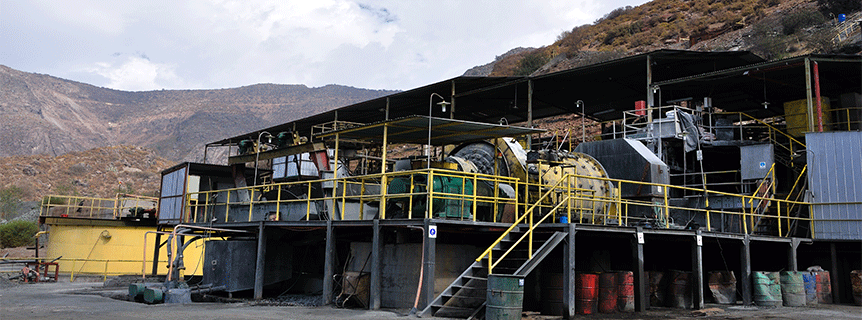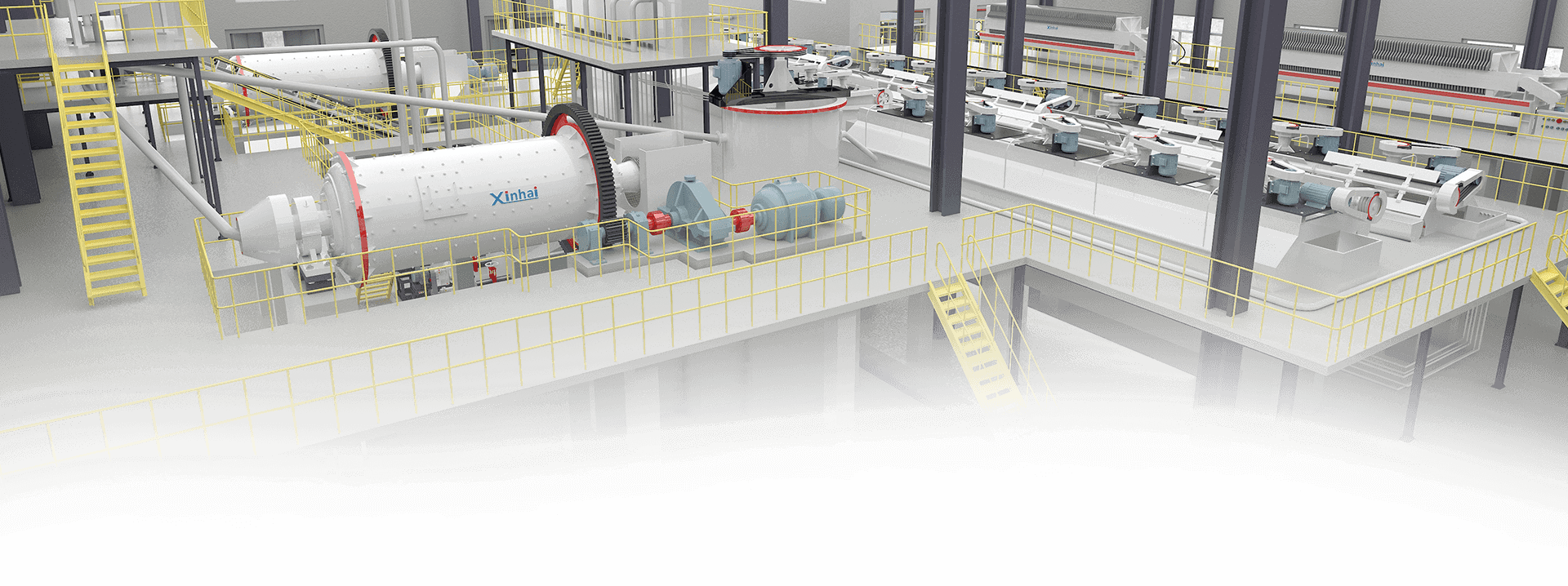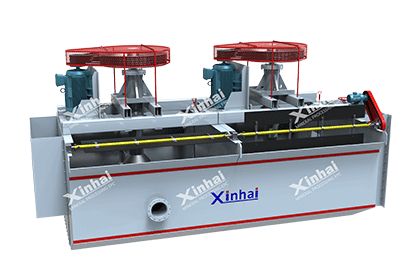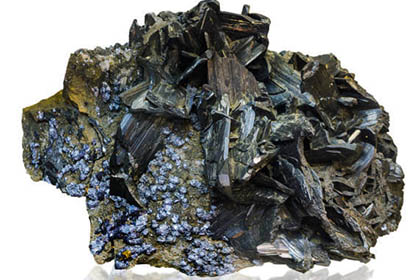Operational Challenges and Practical Solutions for Copper Processing Plants in 2025
 Sheena
Sheena
 Apr 11, 2025
Apr 11, 2025
 47
47
If you want to know more details about equipment, solutions, etc, please click the button below for free consultation, or leave your requirements!

1400tpd-copper-proccessing-plant
As global demand for copper continues to surge—driven by the clean energy transition, electric vehicles, and infrastructure development—copper processing plants are under pressure to operate more efficiently than ever. However, this rapid growth brings a host of operational challenges that can impact profitability, sustainability, and compliance.
In this article, we explore the top operational hurdles facing copper processing facilities today, along with practical, forward-looking solutions to overcome them.
01Fluctuating Ore Grades
Back1. Challenge: Declining ore grades mean more material must be processed to extract the same amount of copper, increasing energy use and operational costs.
2. Solution:
Invest in advanced ore-sorting technology to improve feed quality.
Adopt pre-concentration techniques to reduce the load on downstream processes.
Implement real-time monitoring systems for better process control and recovery.
02Rising Energy Costs
Back1. Challenge: Energy-intensive processes like crushing, grinding, and smelting account for a significant portion of operational expenses.
2. Solution:
Transition to renewable energy sources where feasible (solar, hydro, wind).
Use high-efficiency motors and variable frequency drives (VFDs) to reduce energy waste.
Employ AI-powered energy management systems to monitor and optimize consumption.
03Water Usage and Management
Back1. Challenge: Water scarcity and environmental regulations require plants to manage water use responsibly.
2. Solution:
Install closed-loop water recycling systems.
Use dry tailings technologies to reduce water consumption.
Monitor water quality in real time to ensure compliance with discharge standards.
04Workforce Skill Gaps
Back1. Challenge: Many copper plants face a shortage of skilled labor, particularly in digital operations and process automation.
2. Solution:
Offer on-site training and certification programs for technicians and engineers.
Partner with universities and vocational schools for talent pipelines.
Leverage remote monitoring and digital twins to reduce reliance on local expertise.
05Environmental Compliance and Community Relations
Back1. Challenge: Plants must meet increasingly strict environmental regulations and maintain a social license to operate.
2. Solution:
Implement ESG (Environmental, Social, and Governance) strategies that include transparent reporting.
Engage local communities through consultation and development programs.
Use cleaner production technologies and reduce greenhouse gas emissions.
06Conclusion
BackCopper processing plants that proactively address these challenges will not only stay compliant and profitable but also gain a competitive edge in the global market. By investing in smart technologies, sustainable practices, and skilled workforces, operators can future-proof their operations and contribute to a more sustainable supply chain.
Looking to improve the efficiency of your copper processing operation? Contact our industry experts for a free consultation or explore our range of sustainable processing solutions.
 +86 18716000713
+86 18716000713 xlyin@xinhaimining.net
xlyin@xinhaimining.net




 Message
Message Chat Now
Chat Now

















